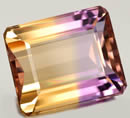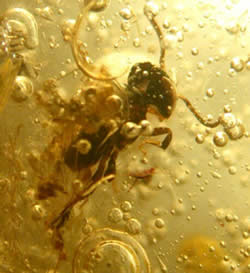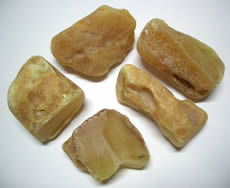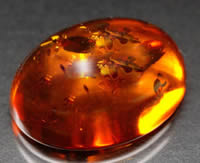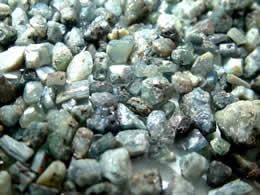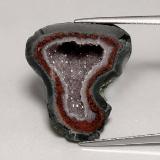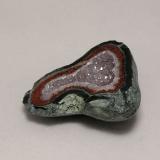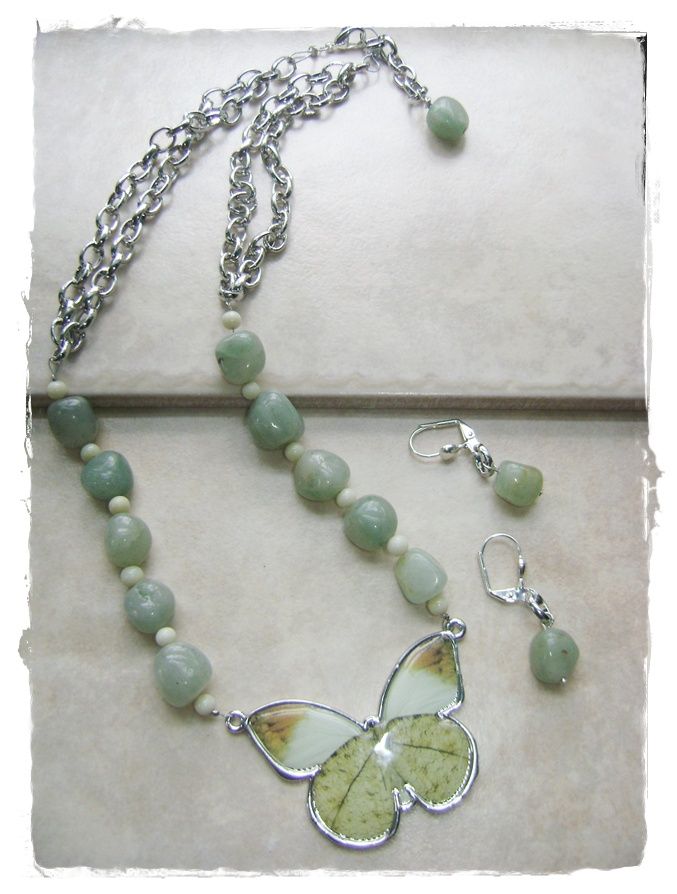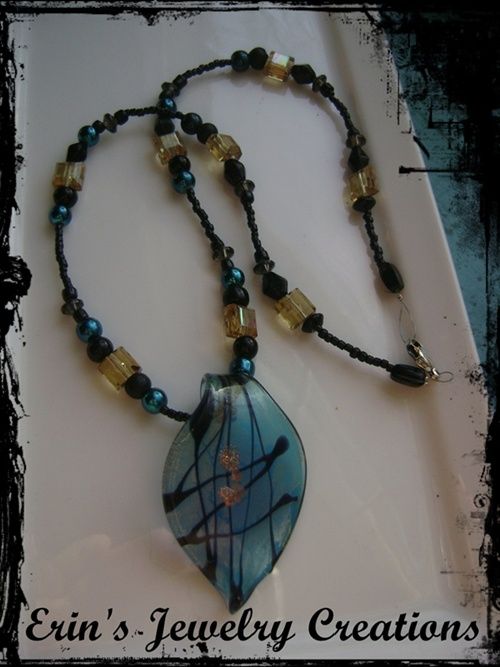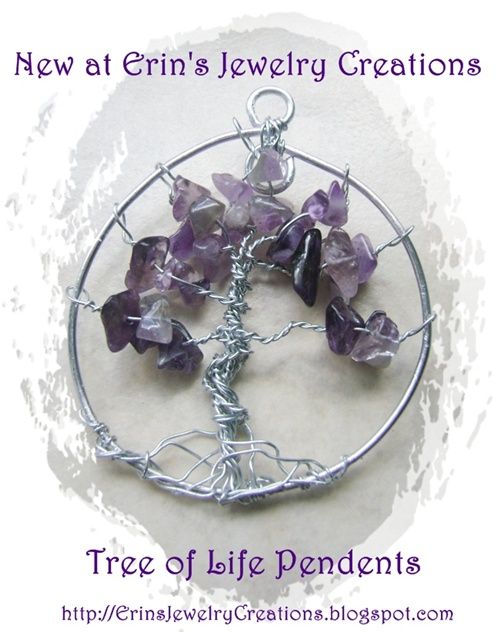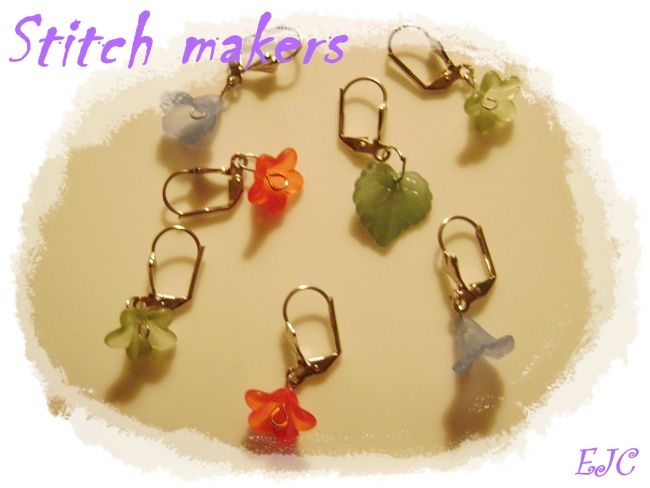When I was younger I wrote a few short stories. They are unfinished and a bit crappy..lol I also wrote poetry. I was even published. :-) It was just one little poem.
I have always loved to write. Not just poems and lil stories but anything I could . Ideas for jewelry, shopping lists., etc. but I could never keep up with a diary / journal.
Recently a friend told me he had a dream that I became a writer. "Stories, etc, anything, Write about what you really love. Fantasy, love stories. Whatever it is, Do it. No joke. ! "
I have toyed with the idea of writing about about my mom. ( ish) I was going to call it ' Letters To my Mother" it was going to be about what my mother went through when she got diagnosed with brain cancer. I was going to have my brothers, nephews (of course me )and who ever else write letters to her ... telling her what ever they wanted .. how they miss her, past memories, etc. the down fall of that is , I dont have my mom's journal . My step dad is on the road ( truck driver ) and I cant seem to get a hold of him to see if he kept it. Also I am not to sure if any one would read it....lol :-( I was also going to include information about brain cancer and the type she had.
But last night I had a great idea to write a children's book about a little girl who collects beads. ( my friend did say write about something that I love.... and I love beads.) Until I get all the info I need to write the book about my mom , a children's book would be fun. :-) I have the main plot point... and characters, etc. I just need to write it out and find a person who can draw all the pictures for me since I cant draw...lol
I am so excited!! :-)
Any words of wisdom?
I have always loved to write. Not just poems and lil stories but anything I could . Ideas for jewelry, shopping lists., etc. but I could never keep up with a diary / journal.
Recently a friend told me he had a dream that I became a writer. "Stories, etc, anything, Write about what you really love. Fantasy, love stories. Whatever it is, Do it. No joke. ! "
I have toyed with the idea of writing about about my mom. ( ish) I was going to call it ' Letters To my Mother" it was going to be about what my mother went through when she got diagnosed with brain cancer. I was going to have my brothers, nephews (of course me )and who ever else write letters to her ... telling her what ever they wanted .. how they miss her, past memories, etc. the down fall of that is , I dont have my mom's journal . My step dad is on the road ( truck driver ) and I cant seem to get a hold of him to see if he kept it. Also I am not to sure if any one would read it....lol :-( I was also going to include information about brain cancer and the type she had.
But last night I had a great idea to write a children's book about a little girl who collects beads. ( my friend did say write about something that I love.... and I love beads.) Until I get all the info I need to write the book about my mom , a children's book would be fun. :-) I have the main plot point... and characters, etc. I just need to write it out and find a person who can draw all the pictures for me since I cant draw...lol
I am so excited!! :-)
Any words of wisdom?






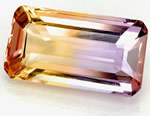
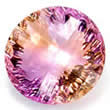
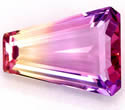 Amethyst and citrine are both forms of quartz and are often found in the same locations. But it is rare for both colors of quartz to be found in the same crystal. Both citrine and amethyst are colored by traces of iron, but the color of the zones visible within ametrine are due to differing oxidation states of iron within the crystal. The different oxidation states occur due to temperature differences across the crystal during its formation.
Amethyst and citrine are both forms of quartz and are often found in the same locations. But it is rare for both colors of quartz to be found in the same crystal. Both citrine and amethyst are colored by traces of iron, but the color of the zones visible within ametrine are due to differing oxidation states of iron within the crystal. The different oxidation states occur due to temperature differences across the crystal during its formation.